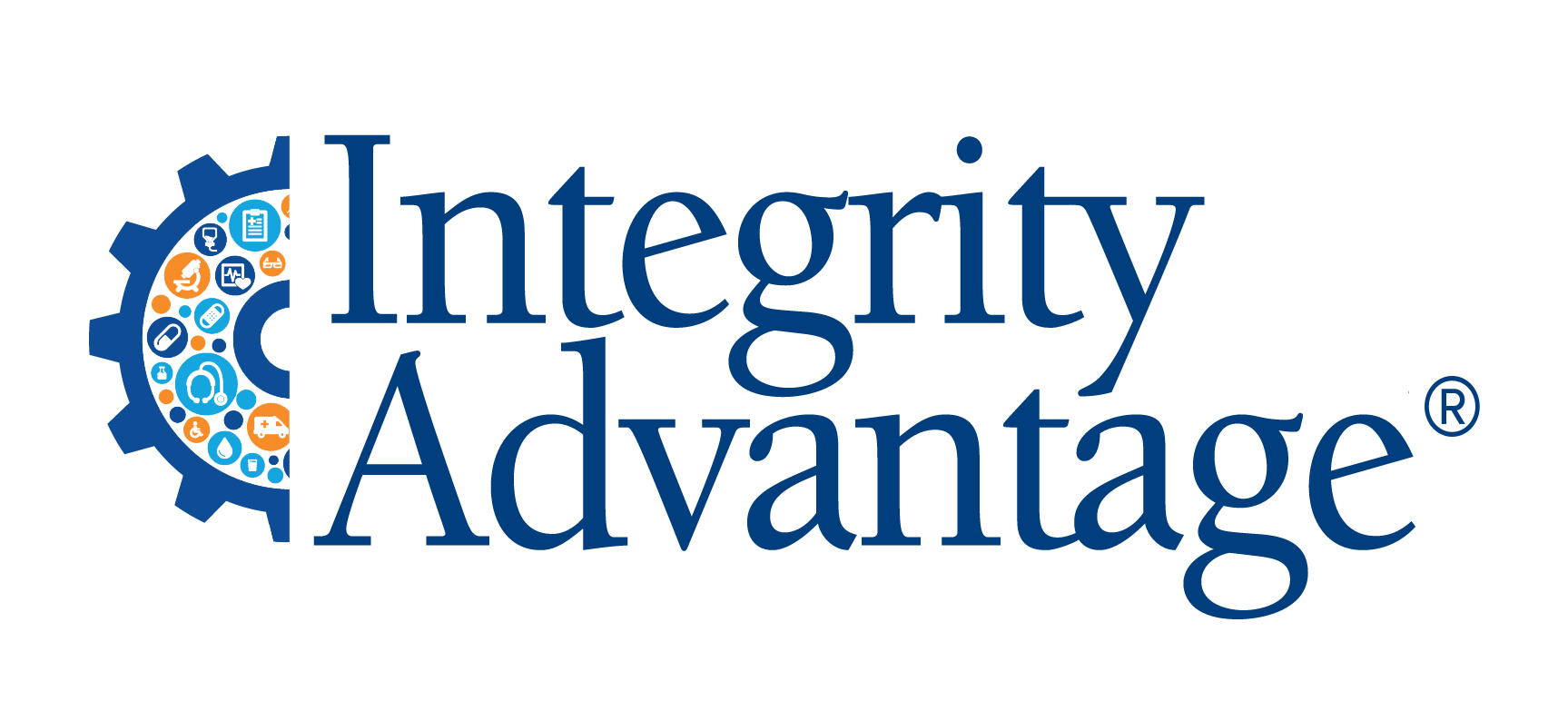Top 5 Goals Every Fraud Waste and Abuse Team Should Have
by Jala Attia, AHFI, CFE, CHC
Download to PDF
As we wrap up 2020 performance evaluations and reflect on the successes and challenges of last year, goals are top of mind. Early in my career I wondered why goal setting happened 1⁄4 of the way into the new year rather than start the year with goals already set?! Quite simply: to be able to reflect on the prior year’s goals before you set goals for next year allows you to adjust and adapt in order to improve the success of your fraud, waste and abuse (FWA) team and program.
As we help companies evaluate and refine processes, we often find the organizations with the most challenges are the ones who struggle to create individual and team goals that align with the mission of their FWA program. We commonly see goals that are really hard to measure. You know the drill – they should be SMART: Specific, Measurable, Attainable, Relevant and Timely, and yet so often they are not. Many companies build enterprise goals around profitability, membership, quality of care or competencies that are cascaded down to the FWA team and while these are important, they do not fully capture the value derived from the FWA program. You want to measure the success of your FWA program. Why? Because measurement is a way to uncover challenges and opportunities for improvement.
You've Heard: What gets measured, gets managed.
We Prefer: What gets measured, gets improved.
Although FWA programs vary from one plan to another, there are five goals that every FWA program should have. You’ll want to have these handy when you are setting goals for 2021 and beyond. These goals can apply to individual contributors as well as supervisory/leadership roles:
1. Productivity Goals
Think measurable metrics, output and deliverables – “what is the work product?” This is objective and can apply to intake staff, analysts, investigators, coders, medical reviewers, and more.
Some examples of measurable metrics include:
Number of referrals assessed
Number of cases assigned and investigated
Number of proactive cases identified
Average active caseload
Medical reviews completed
Cases closed
Identified losses
The list can go on and on....
You may want to apply timeframes (e.g., referrals must be assessed within 3 business days) and even add complexity into the mix to account for more difficult investigations (e.g., active caseload must include a mix of cases with varying levels of complexity, prepay and post pay).
2. Quality Goals
Think “how well” an individual performs – I call this the excellence goal. This is subjective and focuses on how well something was performed. We find that with subjective goals you need very clear definitions and results that are measured throughout the year with specific examples identified during the quality control process.
Ways to ‘measure’ quality include:
Accuracy - Are errors commonly found in the work? Do reported numbers match?
Organization - How well organized is the case file? (With abundant case management options some of this is easy, but not all companies have, or use, a case management solution.)
Thoroughness - Was there anything missing? Were there holes in the case content that left you with unresolved questions?
Timeliness – Are turn-around times consistently met? Are obligatory referrals made within the appropriate timeframe?
I’m sure you are saying to yourself, ‘this all sounds like a lot of extra work.’ It can be. But, in order to measure quality, you have to regularly spend the time on it to identify recurring issues and see if improvement has been made during the the year. This can be done via random monthly case reviews, during 1-1’s, etc. The key is defining what constitutes the score and being consistent.
3. Contribution Goals
Think about what the individual contributes to the organization or industry as a whole. Contributions can be soft skills like attitude and teamwork or tangibles like providing training and mentoring.
Contribution goals can include things like:
Providing training internally to company staff or externally to industry peers. (How many? To whom?)
Providing support to the team and fostering a culture of positivity. (Specifically, how did they do that?)
Identify and quantify X# company risks
If your organization already has competency goals that cover soft skills, you can address teamwork and collaboration there and focus FWA contributions on the more measurable components of their contribution.
4. Professional Development Goals
In what ways will the individual grow their industry knowledge and experience? Set a goal that provides specific development for each team member, especially if it will directly enhance or improve their ability to do their job.
For example:
Sit for the CPC or AHFI exam
Attend a course about investigative report writing
Attend supervisory training in preparation for leading a team
Complete X# of industry related CEU’s during that calendar year
You may want to avoid counting mandatory, company- wide required annual training. In addition, consider having each staff member provide you with what they want to achieve that year. That way they are invested in achieving the goal.
5. Leadership Goals
For anyone who has direct reports, this is a big one. I’m going to stay off my soapbox here, but let’s just say leadership capabilities can make or break the team productivity and morale. Supervisors, managers, directors, VP’s and above should be creating a culture of teamwork, constructive feedback and support in order to retain and attract the best talent. Measurable leadership goals can be cascaded down to individual contributors but those with direct reports should have a separate leadership goal.
Here are some to think about:
% improvement in team satisfaction scores (If your company does not conduct satisfaction surveys, you may want to consider creating a process where the team rates leadership)
Awareness and mitigation of specific company weaknesses
Development of internal staff through training, consistent 1-1’s, mentoring
Collaboration with other departments such as FWA committee to identify and highlight organizational risks
Bonus: Considering a Team Goal
Team goals are often misunderstood.
Many people think of team goals as those that are rolled out from executive levels to the whole organization. But those are not what we’re talking about here. Cascaded goals sometimes aren’t areas where the FWA team can make an impact unless it’s counted towards savings/recoveries and even then, these goals are highly weighted - which doesn’t make sense for fraud fighters.
For example: One of the cascaded goals I had early in my career was “Improve Healthcare Coordination.” There were sub- measures that were used to determine if all company associates would meet this goal. But in reality, my team could do very little to impact this goal. We did the best we could to try and relate it to the work we did in the SIU, but it was a stretch. The kicker was that goal was weighted at 40%!
In the context of this article, we are talking about a goal that the FWA team, as a whole, can impact and only achieve through working together. It is documented on each individual team member’s annual goals. The goal can only be met (or not) through the actions of the collective team. Seems almost too simplistic, right? After all, aren’t we all doing a job for the collective team and organization to be successful?
We all know that investigations, recoveries, savings and prevented losses ebb and flow. Some years are better than others because your cases mature at different times. Creating a team goal associated with some of the key metrics typically measured in the FWA space may help.
Enterprise goals are important and should apply, within reason. But creating a goal that can be directly linked to, tracked and measured by the FWA department makes that goal much more valuable and reliable in demonstrating the value of the team. I’ve instituted this approach several times and it has yielded great results for the overall program.
Here are some benefits of instituting a team goal:
Improves motivation and morale - each person feels like they are contributing to achieving the goal regardless of how simple or complex their caseload
Team collaboration increases
If the team “meets” or “exceeds” the goal, each individual is rated “meets” or “exceeds” which helps those team members who do important jobs (e.g. regulatory reporting, etc.,) but don't have metrics to show for it
Individual team members tend to hold each other accountable
Team celebrates success together and even earn a team reward
With that said, you should be prepared for some pushback from more productive staff expressing concerns about carrying less productive team members. You’ll also need to be clear that if the team doesn’t “meet” the goal, no individual “meets” the goal.
Are You Up for a Challenge?
Want to give it a try and see how it works for your team?
Institute a team a goal associated with the team’s productivity working together as one!! One of the easiest ones to start with is identified losses, recoveries, savings or prevented losses. Choose one or combine them all. Assign a starting weight that makes you comfortable, say 10-20%, and talk with your team to see what they think. Depending on the size of your plan you can go with higher or lower numbers but it could look something like this:
"The FWA team will identify $1M in losses" or "The FWA team will identify and quantify two plan weaknesses and make recommendations for risk mitigation."
Final Thoughts
The goal setting process is sometimes considered a chore. It's too easy to just 'carry over' goals from prior years without thinking - because frankly, we all have plenty to do. But any leader that wants to improve their FWA program needs to take this annual process seriously. Setting goals that focus on productivity, quality, contribution, professional development and leadership creates clarity about what it takes for your FWA program to be successful. Taking it a step further and challenging the team to work together towards a team goal can be a huge advantage as well. Ultimately, leadership must remove obstacles and provide support that will give the team the opportunity to achieve these goals.
We hope you found this article helpful! Need help creating goals for your team? Reach out and let us know!
Integrity Advantage is the way healthcare payers reimagine the value of their fraud, waste and abuse program. Our unmatched expertise stems from decades of experience supporting dozens of organizations just like yours. Our experience providing consulting, investigative and medical review support to plans across all lines of business, geographical regions, and varying enterprise priorities give our clients a tremendous advantage. As a vendor-neutral partner, we are a trusted advisor, providing objective perspectives and offering solutions for real challenges faced by the payment integrity industry.
For more information click below, call us at 866-644-7799 or email info@integrityadvantage.com.

